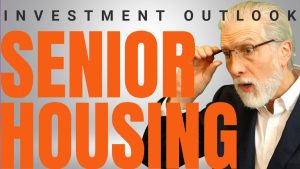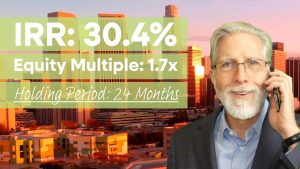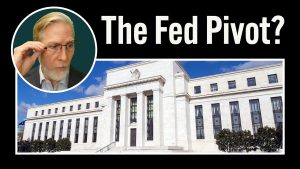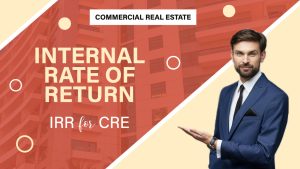Takeaways
- Banks are becoming much stricter in their loan underwriting standards.
- Regulatory agencies have propose an increase in capital requirements for larger banks.
- Circumstances create once-in-a-lifetime opportunities for alternative lenders and their investors.
At present, there are two things happening in the banking industry that should be of significant concern to real estate investors. First up, banks across the country are becoming much stricter in their underwriting standards. The Federal Reserve recently published the results of a survey of senior loan officers. In that survey, which generally corresponds with their lending practices during the second quarter of 2023, between 60% and 70% of respondents reported both tighter underwriting standards and weaker demand for all categories of commercial real estate loans. What’s more, it doesn’t appear that things are going to get any better anytime soon. About half of the respondents anticipate a similar environment throughout the remainder of 2023, with the other half actually expecting their lending standards to get even tighter.
It's Not Just the Economy
If that’s the bad news, what follows is potentially the even-worse news, at least from your typical commercial real estate borrower’s perspective. In July, the Federal Reserve, the FDIC, and the OCC – in other words, the most powerful regulatory agencies in the banking industry – jointly proposed an increase in capital requirements for larger banks. Their objective in changing these requirements is to lessen the possibility of bank failures brought on by cash flow issues. There’s no question about it, the failure of Silicon Valley Bank, Signature Bank, and First Republic Bank earlier this year, one right after the other, hinted at a systemic banking crisis and very much got their full attention.
Banks Prepare for the Inevitable
The bank regulatory agencies are currently accepting comments on this proposal, so it’s still possible that an increase in capital requirements will not go into effect. That said, most banks seem to be preparing for the inevitable. Of course, this isn’t the only reason they’ve recently grown more cautious, but it’s certainly playing into it and, what’s more, you could argue that the impact of these regulatory changes would be long-lasting, much more so than any impacts brought on by current economic conditions. If banks have to start setting aside more reserves for their loans going forward, it only makes sense that they’re going to grow even more cautious, more selective, and much more conservative in their underwriting standards.
Tidal Wave of Loans Coming Due
In short, capital for commercial real estate deals is now generally as difficult to obtain from banks as it was in the wake of the Global Financial Crisis of 2007 and 2008. The difference this time around is that we’ve got the added complexity of a tidal wave of maturing loans coming over the horizon and headed straight for our shores. As I’ve discussed in other articles, some $714 billion in loans on income-producing properties is coming due soon. That’s about 42% of all such debt currently held by banks. This will be taking place under circumstances that are very different from the last time those properties were financed. Given the increase in interest rates, a slowdown in rent growth for a number of property types, historic highs in vacancy for office properties, and a dearth in demand and transactions in general for commercial real estate, a lot of loan sponsors are about to find themselves in a tough spot. Make no mistake about it, banks are not going to be enthusiastic about refinancing a lot of those sponsors’ properties.
Dancing in the Streets
So, what are we to draw from all this? Let’s ask Jamie Dimon, Chairman of the Board and Chief Executive Officer of JPMorgan Chase & Co, the largest bank in the United States. In a Q2 earnings call, he was asked how the proposed increase in capital requirements would impact the banking industry. In answering, he suggested that it was great news for non-bank lenders such as private credit funds. Here’s how he put it: “They’re dancing in the streets.”
Once-in-a-Lifetime Opportunities
Who am I to contradict Jamie Dimon. He’s absolutely right! The entire package, starting with the COVID-19 pandemic and following a through line from inflation to the rapid increase in the federal funds rate to the new normal in how companies use office space to the ongoing threat of recession to the coincidental timing of all those maturing loans, and right up to the proposed increase in capital requirements for banks, all of it plays right into the hands of private credit funds and other alternative lenders. Such funds have raised record levels of capital to fill the void left by banks. Alternative lenders have been growing their market share of commercial real estate loans for years, significantly since the Great Recession. That growth is very much about to accelerate. For a lot of investment firms and their investors, it’s going to make for once-in-a lifetime opportunities to create and grow wealth. They might even end up dancing in the streets.




















